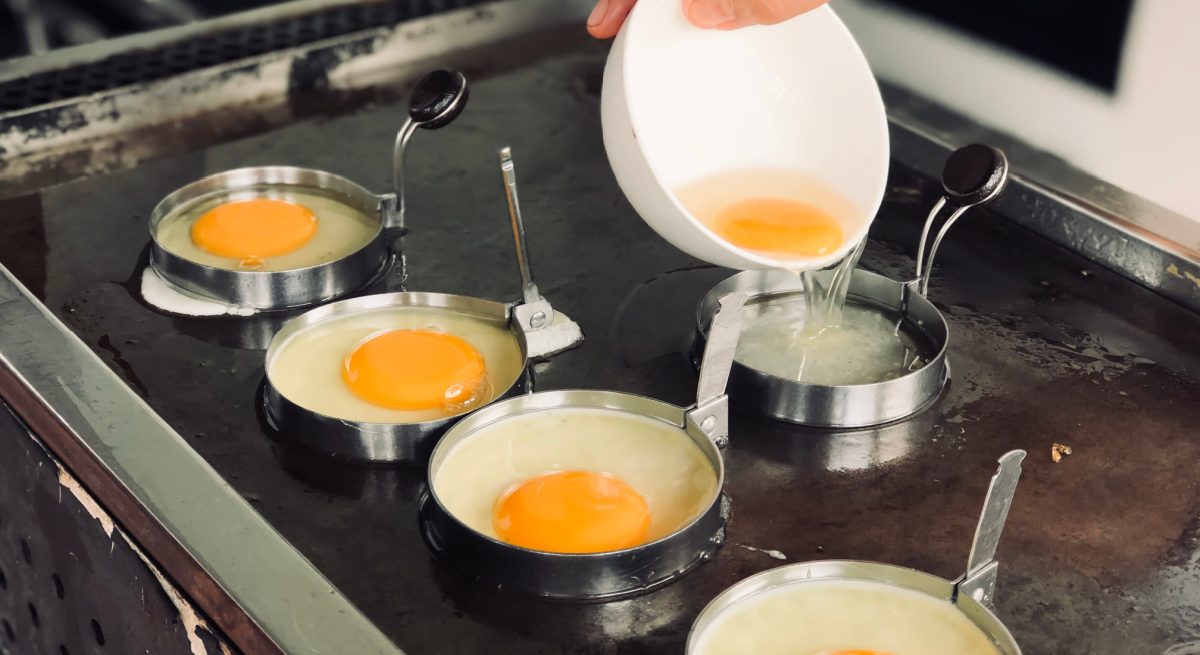Breakfast Up, Confidence Down, Vaccine Mandates Acceptable
4 Min Read By Jana Zschieschang
While sales continue to climb for restaurants in nearly every category, the upward trend is hard-fought. Dining rooms are open, but staff isn’t available. Commodities are in demand, but supply is short. Customers are coming but in new and disparate channels. Workers are back in their offices, sort of. So how do operators plan for 2022?
To help guide its clients, who range from emerging full-service to large QSRs, Revenue Management Solutions took the temperature of more than 900 diners across the U.S. Its Q3 Quarterly Survey asked questions about vaccination mandates, changing work habits, current restaurant usage and future dining intentions.
The key takeaways:
Limited-service chains should keep their eye on drive-thru. Dine-out will continue to drive full-service traffic. Breakfast/lunch concepts can be optimistic. Vaccine mandates may or may not be a good idea, depending on where restaurants are located. Every segment should tighten its belt as consumers plan to…
Sorry, You've Reached Your Article Limit.
Register for free with our site to get unlimited articles.
Already registered? Sign in!


